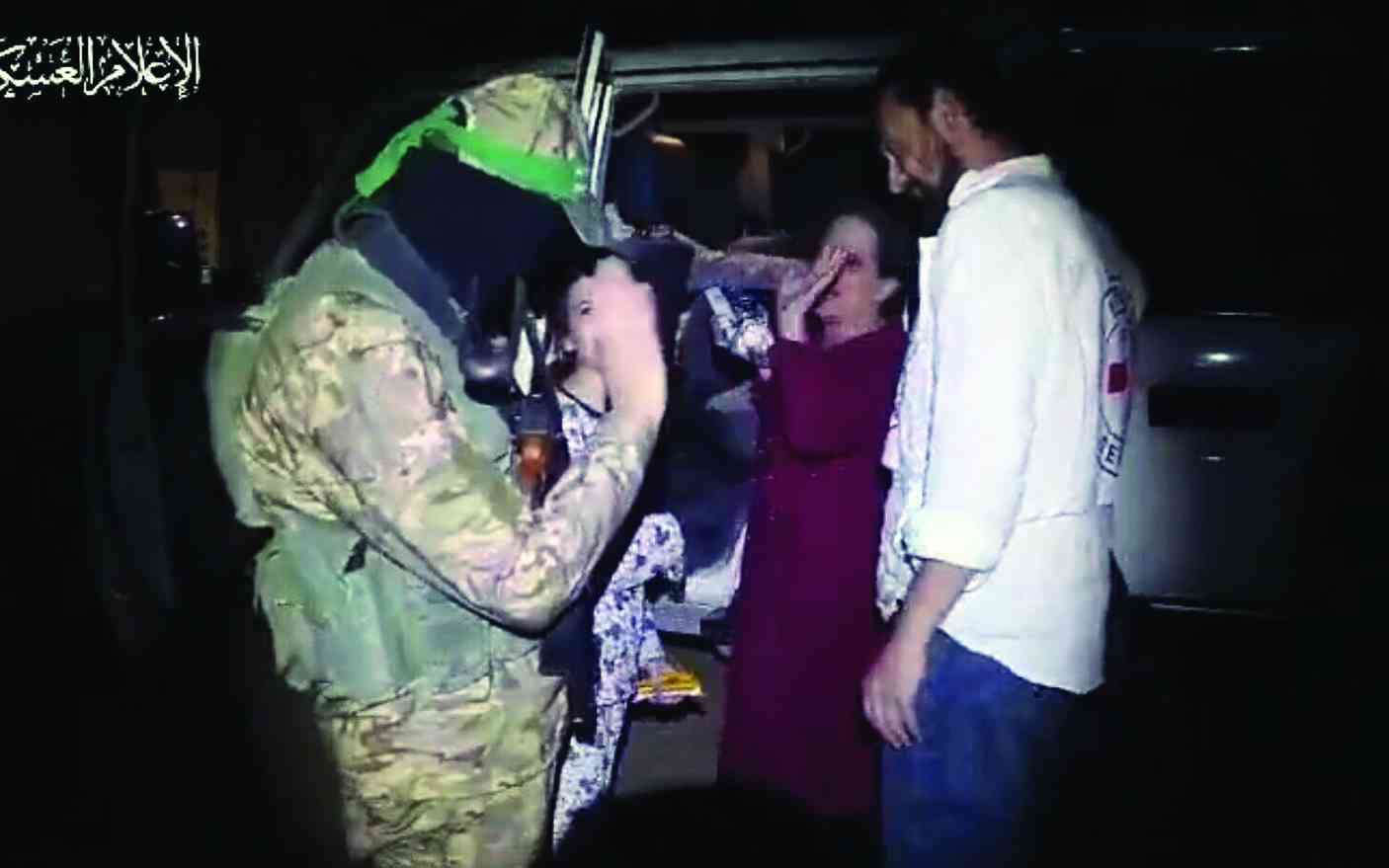
There are really three parties to the “pause” — nobody is officially using the word “ceasefire” — that brings at least a temporary end to the fighting in the Gaza Strip. Two of the three parties, Hamas and the United States, would very much like it to turn into a permanent ceasefire, but Israel emphatically does not.
Israel’s Prime Minister Binyamin “Bibi” Netanyahu definitely wants the war to continue in order to “complete the elimination of Hamas and ensure that there will be no new threat to the State of Israel from Gaza”. What proportion of Israel’s population really wants the war to continue, however, is less clear.
The US urgently wants a ceasefire, because its strong support of Israel, although politically essential at home, is placing an intolerable strain on its relations with the Arab and Muslim world. And it wants this to be a permanent end to the fighting, for the same reason.
Hamas wants the war to stop now because it has achieved both its major objectives and would like to leave the table while it is still winning. The drift towards closer collaboration between Israel and the major Arab states has been slowed, if not entirely stopped, and Hamas has reaffirmed its status as the leader of the Palestinian “resistance”.
About 14 000 Palestinians have been killed in the Israeli counter-attack, most of them civilians, compared to only 1 400 Israelis, but the 10-to-1 kill ratio is normal in Israeli-Palestinian wars. A third of Gaza’s buildings have been destroyed or damaged, including the homes of about half-a-million people, but that was also foreseen and discounted by Hamas.
Now Hamas has nothing more to gain by fighting and would like to preserve the lives of its own remaining fighters. It knew this moment would arrive, which is why it seized several hundred Israeli civilians (240 is the current estimate) as bargaining chips at the beginning of its attack.
It knew the Israeli government would be under huge pressure to save them, and that it would have to accept a temporary ceasefire to do so. That is the point we have now reached in Hamas’ strategy.
Both Israel and Hamas insist the “pause” is only temporary.
- Patent rights — reap more benefits, profits
- The Fiddler: The body politic
- Quality helps Trojan reach Axis Solutions Cup semis
- Why African scientists are studying the genes of African species, how they do it
Keep Reading
“We are at war and we will continue the war until we achieve all our goals. To destroy Hamas, return all our hostages and ensure that no entity in Gaza can threaten Israel,” Bibi said last week.
Hamas wants to sound just as determined, but look at the nuance in its statement: “We affirm that our fingers remain on the trigger, and our victorious fighters will remain on the look-out to defend our people and defeat the occupation.”
The fact is that they can only lose more people if the fighting resumes. They cannot “win”, so they would like to stop now.
Look at the structure of the deal: 10 hostages released each day that the ceasefire lasts. That’s three weeks of ceasefire before all the Israeli hostages are home, and no Israeli government would dream of re-starting the shooting until they are all safely home.
Ten-a-day was Hamas’ bottom line for the deal, because it thinks the Israelis will find it politically impossible to start the war up again in mid-December if there has been no shooting in the meantime (and there won’t be any).
By contrast Israel, or at least the Netanyahu government, wants to fight the war to the end. Something Bibi can call a victory is the only thing that could possibly keep him in office — which is where he probably needs to stay if he hopes to avoid jail on corruption charges.
The “settler” fanatics in his coalition, who have been running wild in the occupied West Bank driving Palestinian from their homes (at least a dozen villages have been emptied out) needed the Gaza War as cover. A long ceasefire will make their crimes more visible, and if Bibi can’t restart the war they will probably abandon his coalition in revenge.
The prognosis, therefore, is that the ceasefire endures, Netanyahu falls, and Hamas keeps control of Gaza (although only from its underground tunnels, for the moment). Game, set and match to Hamas?
Not necessarily. It has won a major tactical victory over the Israelis and enhanced its reputation in the Arab “street”, but it may have snookered itself strategically.
The last thing Hamas wants is a “two-state solution” that divides Palestine between Jewish state and an Arab one. It wants to drive all the Jews out of Palestine and unite it as an Islamic republic. Yet the carnage of the war and the shock to the international system have forced the long-moribund two-state idea back onto the table.
If this is really success, what would failure look like?
- Dyer is a London-based independent journalist. His new book is titled The Shortest History of War.











